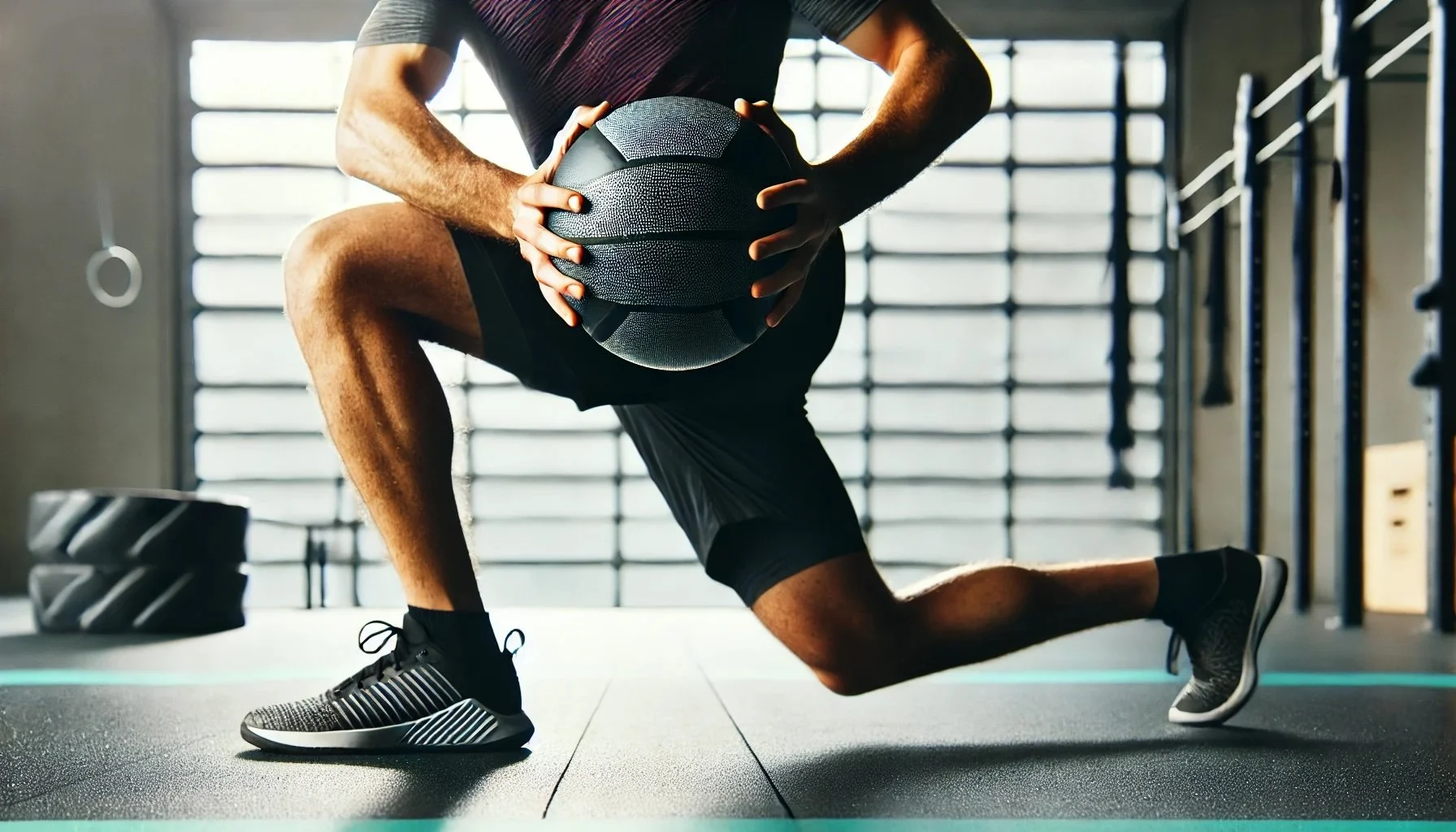Exploring the Femur as a Longitudinal Axis in Rotational Movement
Twisting and rotating—these movements are woven into the fabric of daily life and athletic performance. Whether you’re swiveling to grab your coffee from a side table, executing a powerful golf swing, or gracefully pirouetting in dance, rotational movement is everywhere. Yet, we often take for granted which parts of our body are driving these actions. What if we told you there’s more to rotation than meets the spine?
In the world of biomechanics, the spine often takes center stage as the star of rotational movement. But like any great performance, there’s an understudy waiting in the wings—the femur. By rethinking how rotation flows through the body, we can uncover a new leading role for the femur and its relationship to the hips and torso. Let’s start with a familiar exercise and work our way toward something that challenges conventional thinking.
The Standard Med Ball Twist
The med ball twist is a staple exercise in fitness routines, celebrated for its ability to strengthen the obliques and improve rotational power. To perform it, sit on the ground with your knees bent, feet either anchored or elevated for added difficulty. Hold a med ball with both hands and twist your torso from left to right, allowing your core muscles to steer the movement. This classic variation emphasizes the spine as the primary axis of rotation, creating a familiar burn in the core while stabilizing through the hips.
While the med ball twist is effective, it’s only the beginning of what rotational movement can teach us. To truly rethink biomechanics, we need to explore how the lower body—not just the core—can drive rotation. Let’s take this exercise to the next level.
Progressing the Exercise: Lunge and Kneeling Variations
To deepen your understanding of the femur as a longitudinal axis, transition the med ball twist to a lunge or kneeling position.
Lunge Position:
Begin in a stable lunge with one leg forward and the other back.
Perform the med ball twist while integrating femur yawing or rolling on the back leg.
This position challenges your balance and activates stabilizers, making you more aware of how femur rotation impacts the pelvis and torso.
Kneeling Position:
Lower into a kneeling stance, with both knees on the ground or one knee up.
Twist with the med ball while initiating the movement by rolling the femur of the kneeling leg.
In this variation, the focus shifts to hip mobility and how it contributes to torso rotation when the spine isn't the primary axis.
Why Shift Focus to the Femur?
Viewing the femur as the axis of rotation instead of the spine reframes how we think about movement mechanics. By emphasizing the femur, we:
Reduce spinal strain: The spine becomes less of a driver and more of a connector, protecting it from overuse or injury.
Increase lower-body engagement: Hip stabilizers, glutes, and deeper muscle groups take on a more active role.
Enhance efficiency: Movements initiated from the femur create a stronger foundation, improving rotational power and control.
Application and Insights
These variations offer new insights into the biomechanical relationship between the femur, hips, and spine. Athletes, coaches, and movement specialists can use this approach to refine performance, reduce injury risk, and build a stronger connection between the upper and lower body.
As you experiment with these movements, pay attention to how shifting the axis impacts your sense of balance, control, and force generation. Understanding the femur as a longitudinal axis opens doors to more efficient and integrated movement patterns, challenging traditional notions of biomechanics.
Let us know your experience with these exercises in the comments or share your insights. Together, we’re rethinking biomechanics one movement at a time!

